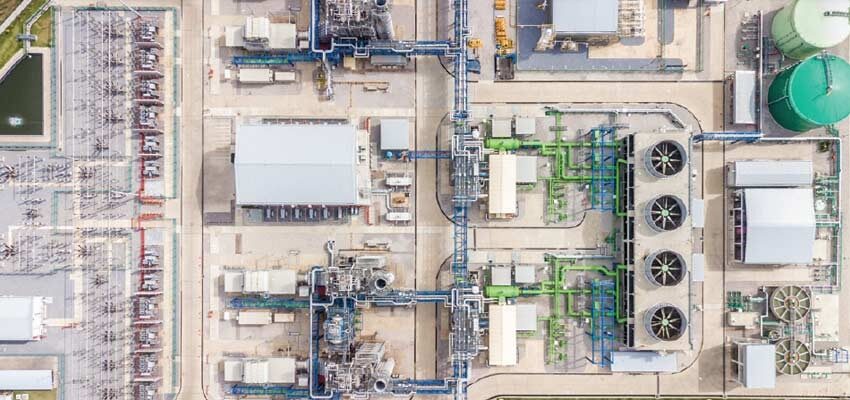
Column: Substation design
The advantages of ester liquids for substation design Paul Jarman Abstract: As the pressure on substation designers grows in terms of space limitations, cost, and...
byPaul JARMAN

The advantages of ester liquids for substation design
Paul Jarman
Abstract: As the pressure on substation designers grows in terms of space limitations, cost, and safety, ester filled transformers can offer a useful solution to difficult problems at transmission as well as distribution voltages.
Keywords: ester liquid, low fire, compact, substations
The global trends of increasing urban populations and the push to decarbonise heat and transport even against a background of increasing energy efficiency are creating a demand for compact high voltage substations close to, within or even underneath places where people live and work. This in turn puts an emphasis on the safety and environmental compatibility of the substation in terms of materials, noise, and especially fire.
Companies and substation designers can be faced with the need to place equipment where the possibility, however small, of an oil fire cannot be tolerated. Solutions tend to be expensive, either in terms of the technology or the mitigation measures required, when compared to a conventional substation site where these issues are less important. Drastically reducing the fire risk by the use of ester liquids in otherwise fairly conventional transformers, can efficiently solve these issues for high voltage substation installations. Increasingly, utilities responsible for substations in large cities such as London, New York, and Mexico City are using this technology to capitalise on this advantage. Compact substation designs often involve switchgear and other components above or close beside the transformer with a cable basement and cable tunnels below. This is an environment where the spread of an oil fire could easily cause substantial damage making the design of containment and suppression particularly difficult, especially considering the possible energy release in a failure and that the space available for effective suppression systems is also limited. The use of a low fire liquid under these circumstances, which is now a proven option, certainly reduces the risks and has the potential to reduce the costs of mitigation.
Substantial concrete transformer bunds are often installed in substations to limit the fire pool and spread of burning oil in the unlikely, but possible case of a transformer failure, causing both a release of oil and a fire.







